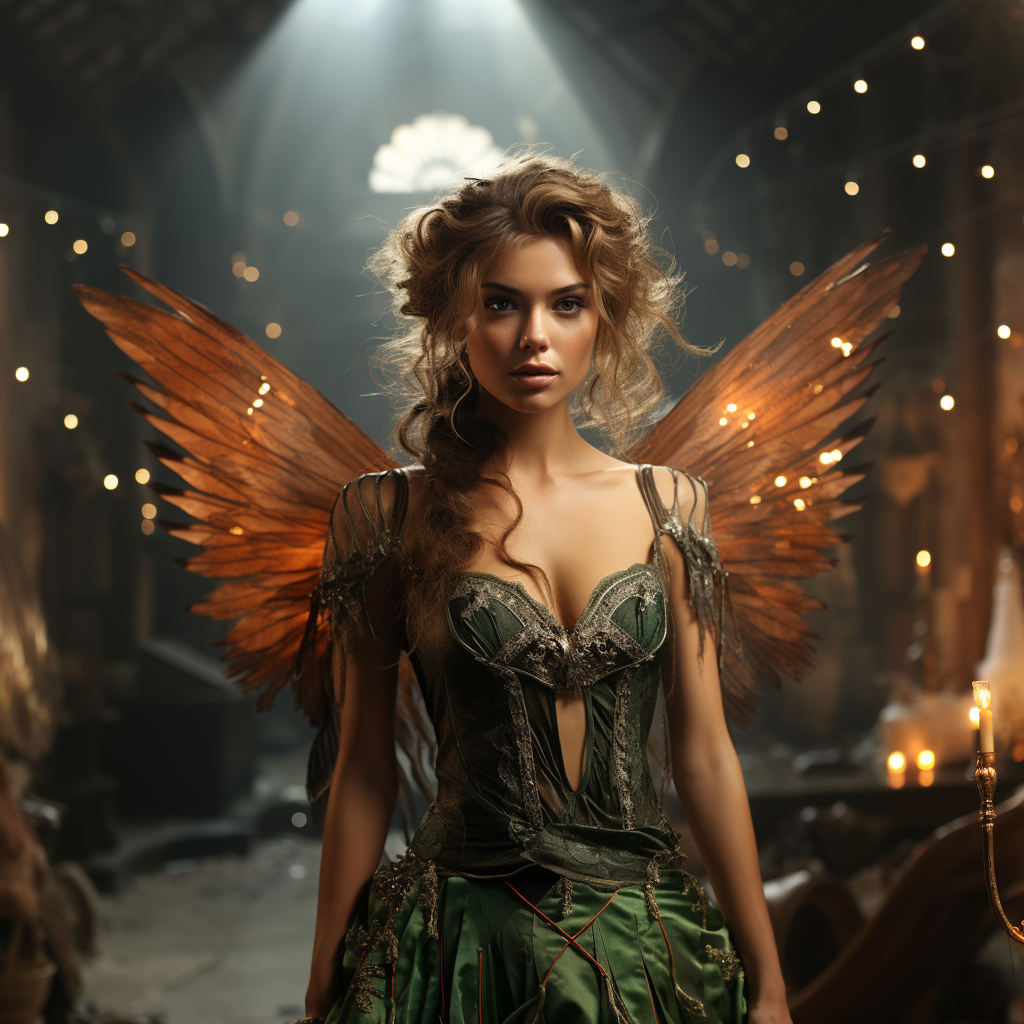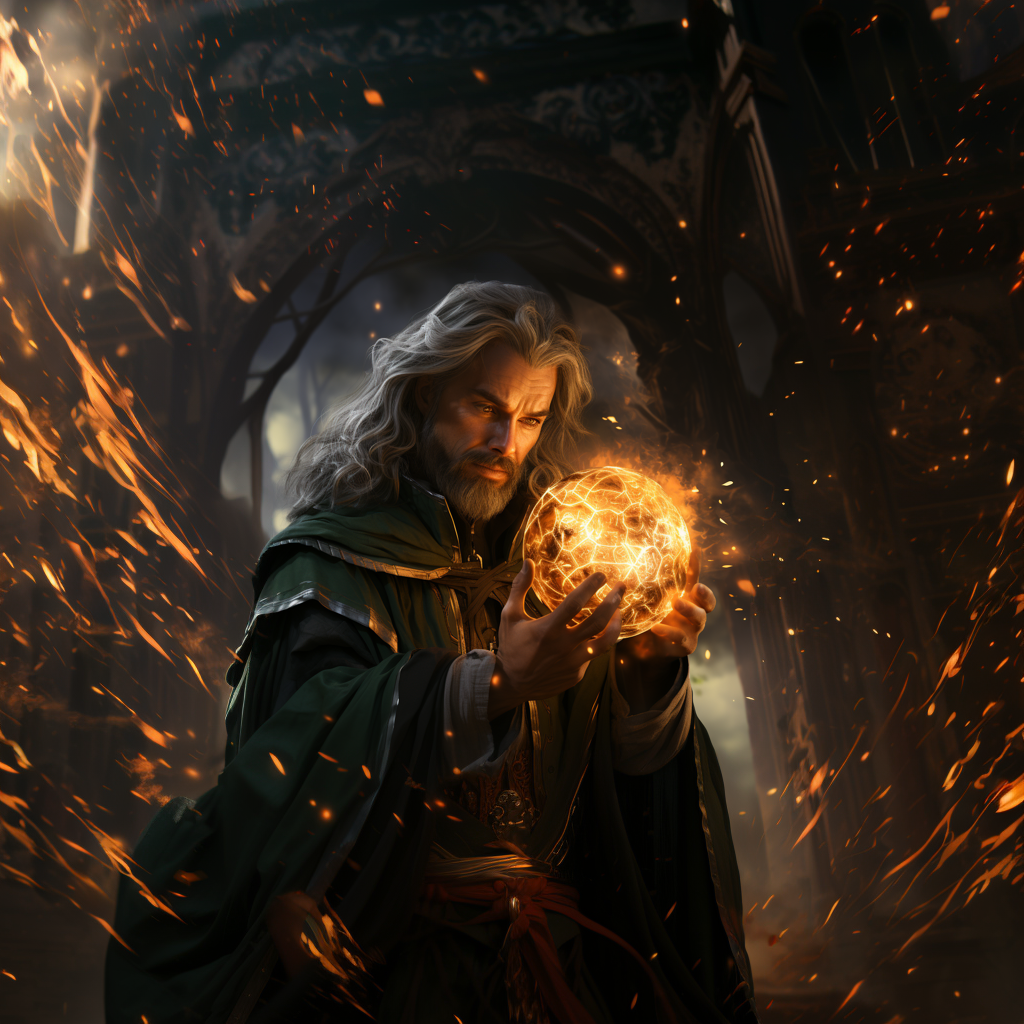Introduction
The realm of fantasy has always been a mirror to our deepest fears, desires, and dreams. One such reflection is the presence of the fey. These mystical beings, ranging from mischievous sprites to regal elf lords, have been an integral part of Fey in Fantasy for millennia. Their stories, born from ancient myths, have evolved and flourished, finding new life in modern tales and tabletop adventures.
The Origins of Fey Folklore
Ancient Civilizations: The tapestries of ancient civilizations are a testament to the importance of the fey in the early days of Fey in Fantasy. The Greeks, for example, wove tales of Dryads, forest nymphs deeply connected to specific trees. They believed that if such a tree were harmed, its Dryad would perish, a poignant reminder of the bond between nature and these fey beings. Similarly, Native American legends spoke of spirits akin to fey, from the protective Wendigo to mischievous Pukwudgies, emphasizing their role in the balance of nature and tribal life.
European Folktales: As Europe’s rich tapestry of myths and legends evolved, so did the place of the fey in Fey in Fantasy. The Irish spoke of the Aos Sí, powerful deities and ancestors who later became known as fairies. They lived in mounds and were both revered and feared. Tales warned of mortals offending these beings, for their wrath could be both capricious and devastating. Further north, Icelandic tales spoke of Huldufólk or hidden people, fey beings living in rocks and hills. Celebrations are even held in their honor, and constructions are planned around their alleged homes to avoid their displeasure.

Common Themes: One cannot study Fey in Fantasy without recognizing recurring themes. The fey, regardless of culture or region, are invariably tied to nature. They act as its guardians, celebrating its wonders or avenging its desecrations. Often, they live in realms slightly out of step with our own, places where time might flow differently, and reality is more fluid.
The Fey in Modern Fantasy Fiction
Literary Roots: Literature has long been a gateway for Fey in Fantasy. Who can forget Shakespeare’s mischievous Puck in “A Midsummer Night’s Dream” or the enchanting Queen Titania? These characters brought the fey to a wider audience, setting the stage for future authors.
Contemporary Representations: Modern writers have expanded on the traditional views of the fey. Novels like Patricia A. McKillip’s “Winter Rose” delve into the haunting beauty and melancholic nature of the fey. While authors like Julie Kagawa in “The Iron Fey” series introduce new types of fey born from modern concepts, showcasing the evolution of Fey in Fantasy in response to contemporary issues like technology.
Evolution of Character Traits: The fey, once merely whimsical or terrifying, have grown in complexity. In today’s fantasy novels, they’re as diverse as humans in temperament, morality, and motivation, reflecting our own world’s complexities.
Fey in Dungeons & Dragons
Introduction to D&D Fey: D&D’s Feywild, a parallel dimension echoing the material world, is a testament to the game’s commitment to Fey in Fantasy. Here, emotions are more potent, and magic suffuses every leaf and stone.
Major Fey Races and Creatures: Within the Feywild, creatures like the capricious Trickster Fairies or the noble Treants roam. Archfey, beings of immense power, rule over domains, their motivations often a mystery to mortals.

Adventures and Campaigns: For players and Dungeon Masters, the Feywild offers endless opportunities. Whether it’s uncovering the mysteries of an ancient fey curse or navigating the politics of the Seelie and Unseelie courts, Fey in Fantasy in D&D is a realm of endless possibilities.
Incorporating Fey Themes: For those looking to bring the magic of the fey into their campaigns, it’s crucial to remember their close ties to nature, their mercurial temperaments, and the ancient power they wield. By focusing on these aspects, one can capture the true essence of the fey.
Conclusion
From ancient tales whispered around campfires to the intricate narratives of modern fantasy novels and games, the fey have been, and continue to be, a captivating force in Fey in Fantasy. Their allure lies in their mystery, their deep ties to nature, and the raw emotions they evoke, making them an eternal source of inspiration.